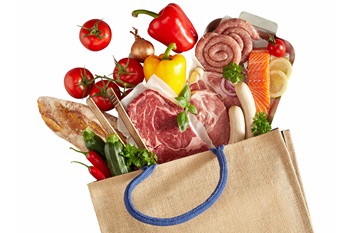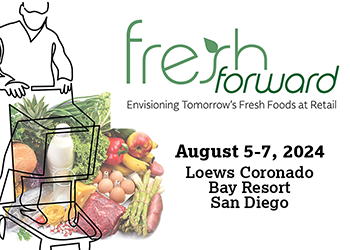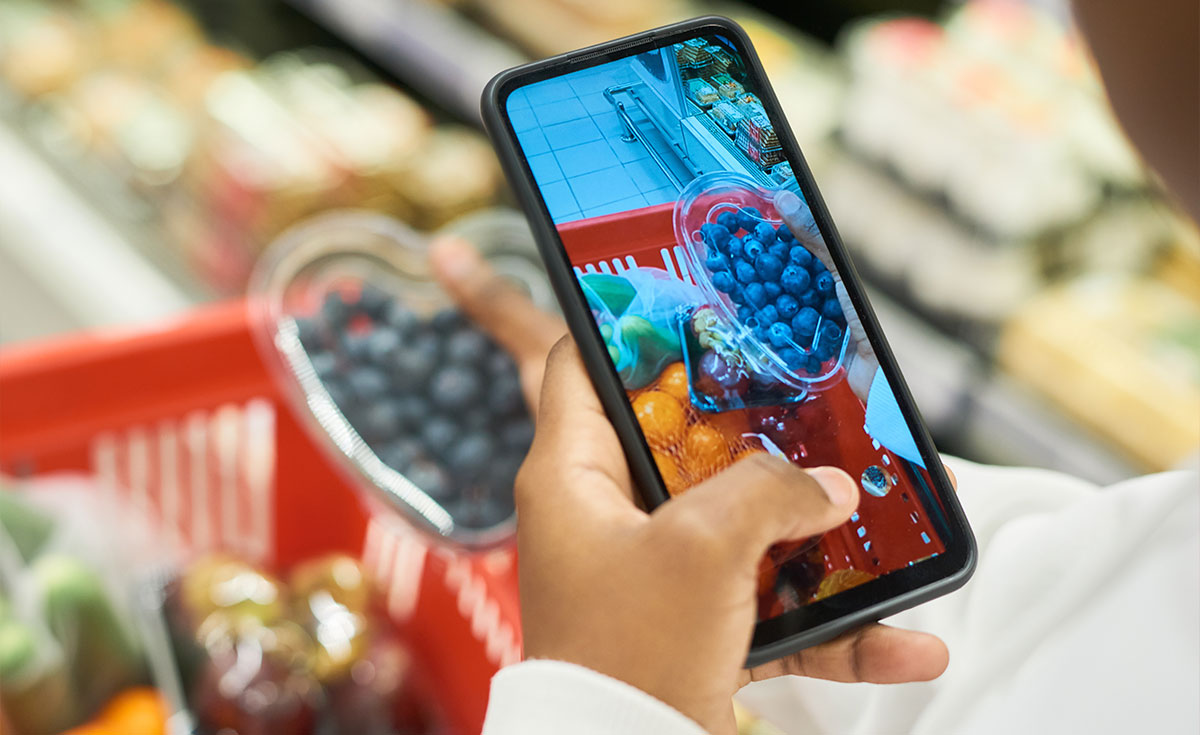By: Rick Stein, Vice President, Fresh Foods, FMI

I'm finally off the road — for the moment.
That's because I'm back from a whirlwind series of March fresh foods conferences and trade shows that helped me gain a clearer understanding of the industry's current mood.
My overall take is that the industry is optimistic about its ability to overcome pressing challenges while recognizing it will require a lot of near-term work.
The March conferences were the Southeast Produce Council's Southern Exposure in Tampa, Seafood Expo North America in Boston and the Annual Meat Conference — from FMI and Meat Institute — in Nashville. These were excellent events with strong attendance and engagement.
Here are my perspectives on what I learned from these events.
Collaboration Takes on New Importance
The fresh industry entered 2024 with trepidation after a year in which inflation pressured unit growth. Executives are optimistic about the ability to turn things around but emphasize that collaboration — including between retailers and their vendor partners — will be needed to help alleviate challenges on price and other fronts. It's clear to me that trading partners are already stepping up the number of collaborative conversations. At the same time, retailers are focused on enhancing operational strategies — in areas ranging from shrink to inventory management — to maintain good business performance.
Price and Quality Eyed as Crucial Strategies
FMI's latest reports on fresh categories underscore how much consumers are focused on price.
- Price is growing in importance among seafood consumers and influencing their decisions on where to shop for this category, according to The Power of Seafood.
- Produce shoppers are focused on price and promotions in combination with ripeness and appearance, as relayed in The Power of Produce.
- Promotions, price comparisons and channel-shifting are key areas of emphasis for meat shoppers, as stated in the Power of Meat.
While consumer decisions on where to shop are influenced by price, their choices on which items to buy are influenced by quality and appearance. Consumers are insisting on the best items — from cuts of meat to pieces of fish. The upshot is that both price and quality need to be key strategies for the fresh industry.
Meal Solutions Front and Center
The industry is more focused on how to help consumers find meal solutions. There's more emphasis on providing recipes, teaching shoppers how to use cooking equipment and tapping into influencers to spotlight solutions.
Fresh executives also underscore the need for relevant messaging within categories. This includes playing up the points that seafood isn't that expensive on a per-portion basis and that produce can be incorporated into any eating occasion.
FreshForward Will Help Build Momentum

These March events did a great job illuminating fresh trends and developments. FMI's upcoming FreshForward conference, set for August 5 to 7 in San Diego, will keep the momentum going.
FreshForward is our annual gathering of senior-level retailers and suppliers in the fresh sector. This year's conference will spotlight three highly important education tracks:
- Emerging Consumer Trends
- Technology and AI
- Sustainability and Packaging
FreshForward focuses on how to advance fresh and features many opportunities for networking and collaborative breakout groups. That last point is crucial because the industry is increasingly aware of the need for collaboration to solve its biggest challenges.
I hope you'll take the opportunity to register now for FreshForward so we can continue the industry's most important discussions.


 Industry Topics address your specific area of expertise with resources, reports, events and more.
Industry Topics address your specific area of expertise with resources, reports, events and more.
 Our Research covers consumer behavior and retail operation benchmarks so you can make informed business decisions.
Our Research covers consumer behavior and retail operation benchmarks so you can make informed business decisions.
 Events and Education including online and in-person help you advance your food retail career.
Events and Education including online and in-person help you advance your food retail career.
 Food Safety training, resources and guidance that help you create a company food safety culture.
Food Safety training, resources and guidance that help you create a company food safety culture.
 Government Affairs work — federal and state — on the latest food industry policy, regulatory and legislative issues.
Government Affairs work — federal and state — on the latest food industry policy, regulatory and legislative issues.
 Get Involved. From industry awards to newsletters and committees, these resources help you take advantage of your membership.
Get Involved. From industry awards to newsletters and committees, these resources help you take advantage of your membership.
 Best practices, guidance documents, infographics, signage and more for the food industry on the COVID-19 pandemic.
Best practices, guidance documents, infographics, signage and more for the food industry on the COVID-19 pandemic.
